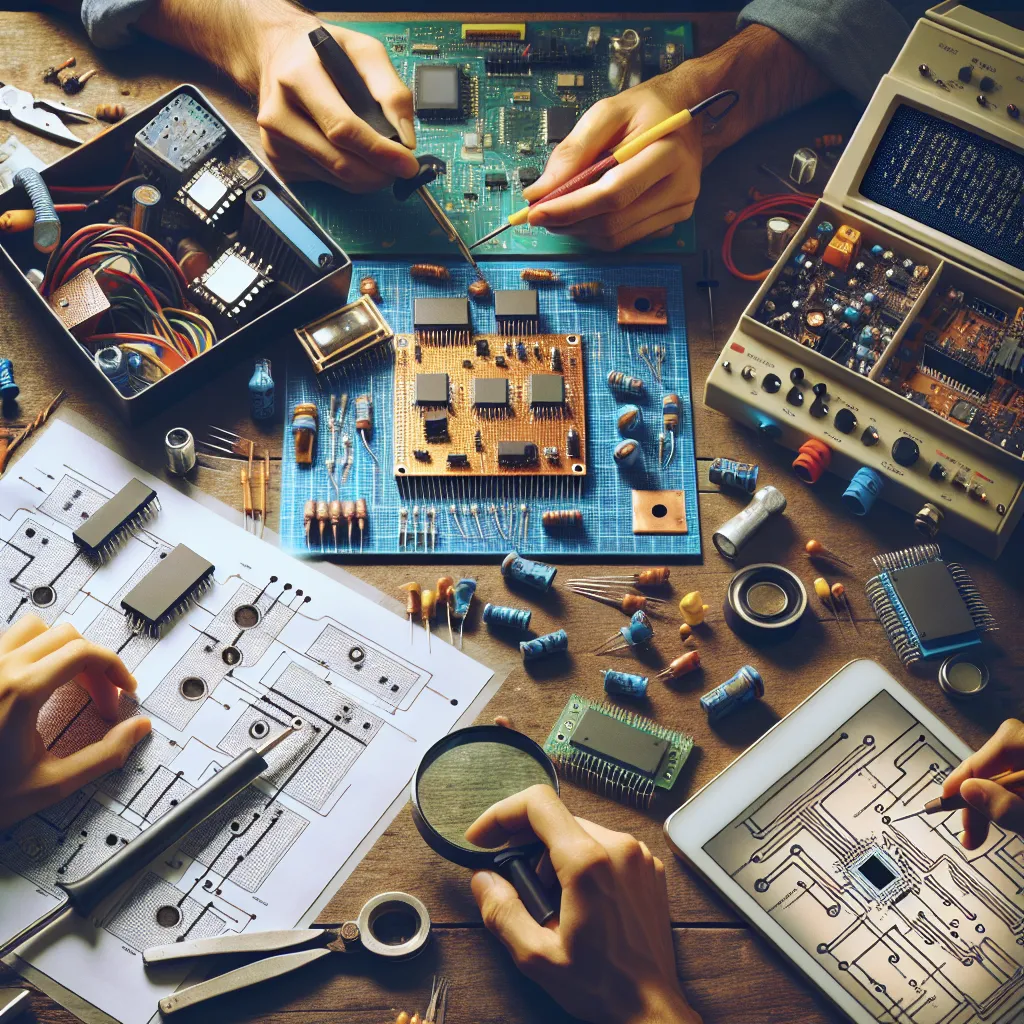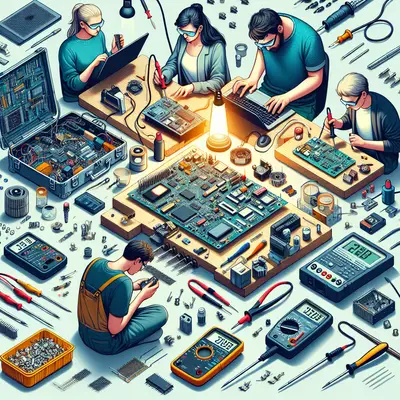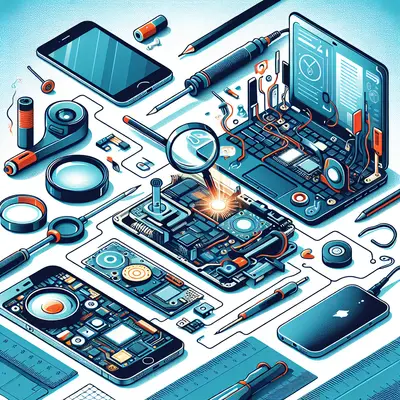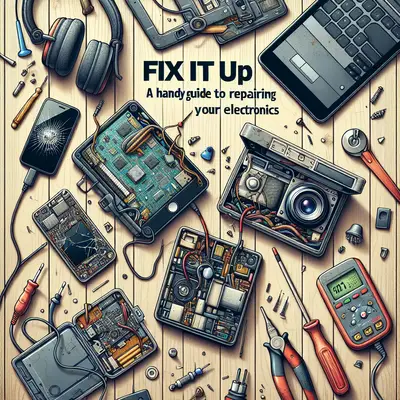Are you tired of your electronics breaking down? Worry not! With a little know-how and a few handy repair techniques, you can keep your favorite devices running smoothly. In this era of rapid tech developments, it's high time you equipped yourself with some essential DIY electronics repair skills. This article will guide you through five simple yet effective repair strategies that you can use to breathe new life into your devices.
Gone are the days when a broken electronic device meant a trip to the repair shop or even worse, the end of its lifespan. Today, with a bit of patience and the right guidance, you can fix most of your electronics at home.
Know Your Device
Understanding the inner workings of your device is the first step to successful repair. Get familiar with the device's user manual; it often has a troubleshooting guide that can help you identify common problems and their solutions. Spend time learning about the device's components and how they interact. This knowledge will make it easier to identify issues and fix them.
Gather the Right Tools
Having the correct tools is crucial for successful DIY repair. Basic electronics repair tools include a set of screwdrivers, pliers, a multimeter, a soldering iron, and a magnifying glass. Keeping these tools at hand will help you tackle most electronics repair projects with ease.
Safety First
Always prioritize safety when dealing with electronics. Remember to disconnect any power sources before starting your repair. Use insulated tools to protect yourself from electric shocks. Also, be careful when handling delicate components to avoid causing further damage.
Practice Soldering
Soldering is a vital skill in electronics repair. It involves joining two or more metal items by melting and flowing a filler metal into the joint. Mastering soldering can open up a world of repair possibilities. Start with a simple project, like repairing a broken headphone cable, and gradually move on to more complex tasks.
Learn from the Pros
YouTube and online forums are great resources for DIY electronics repair. Many professionals share their tips and tricks on these platforms. Watching repair videos can give you a clearer picture of the process and help you avoid common mistakes.
Conclusion
You don't have to be a professional technician to repair your own electronics. With the right information, tools, and a bit of practice, you can solve many common issues yourself. Remember, the key to successful DIY repair is patience and a willingness to learn. So, dust off that old gadget and give these tips a try. You might be surprised at what you can achieve!



